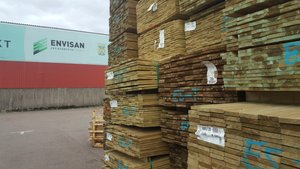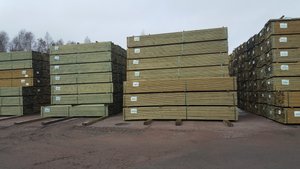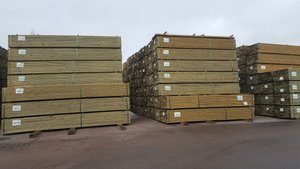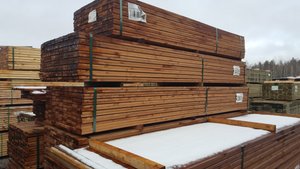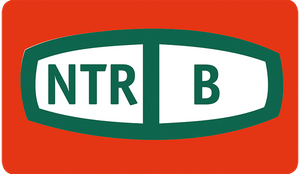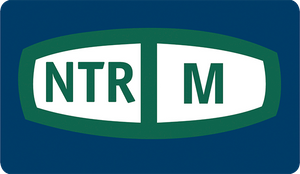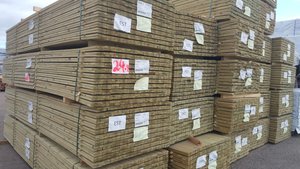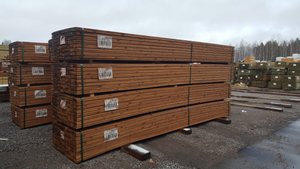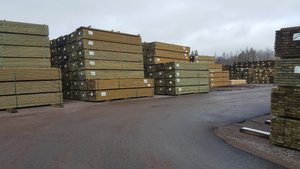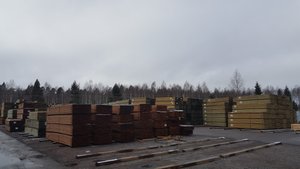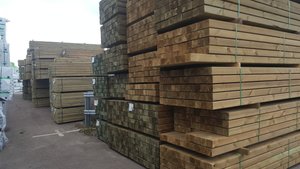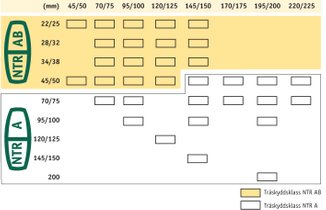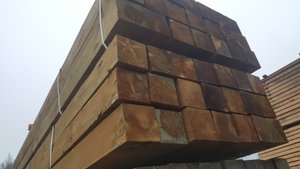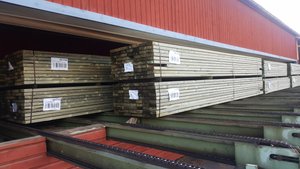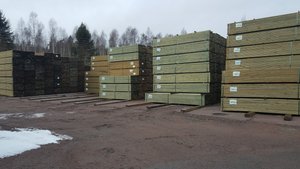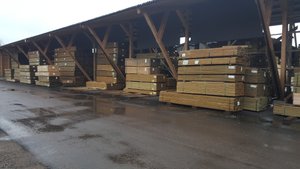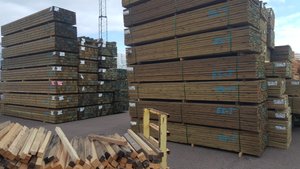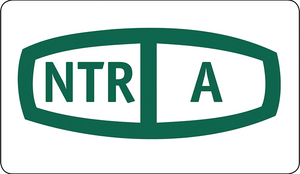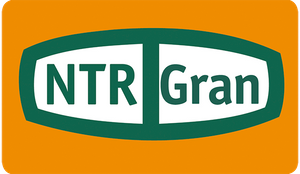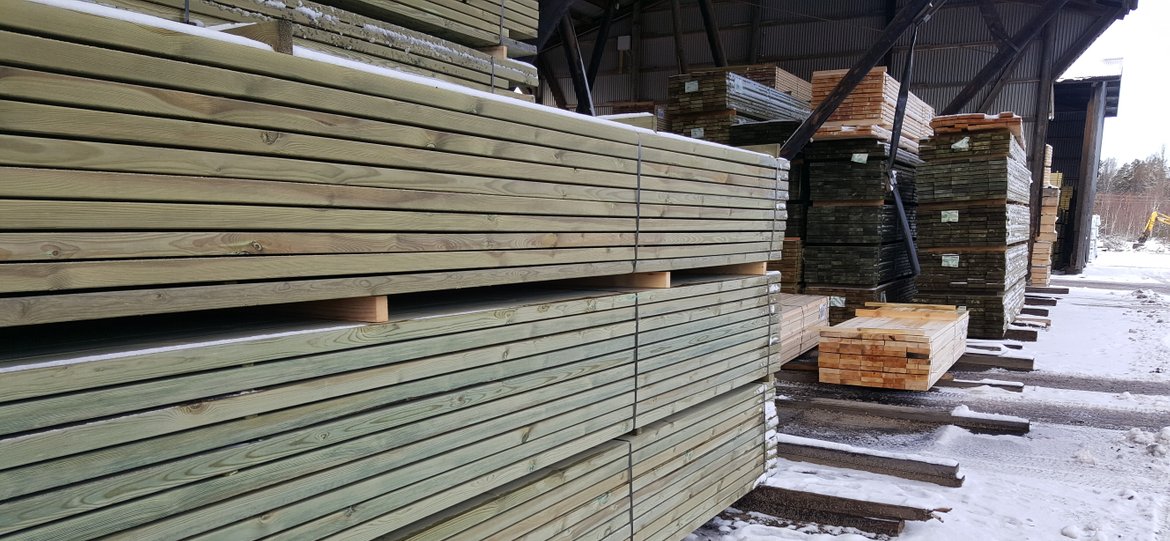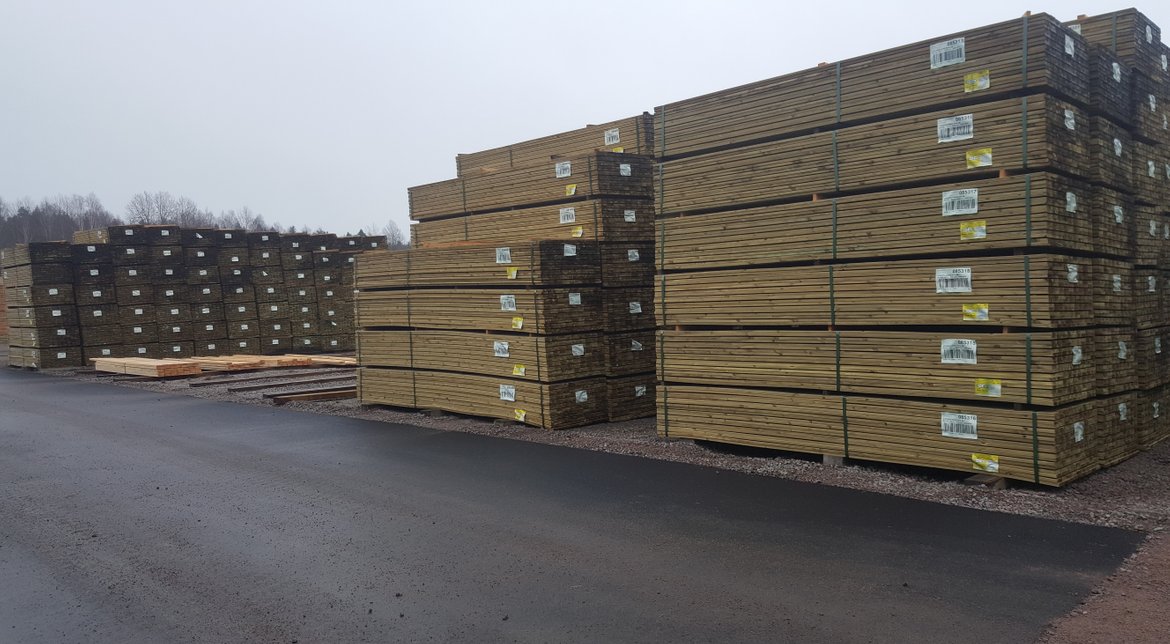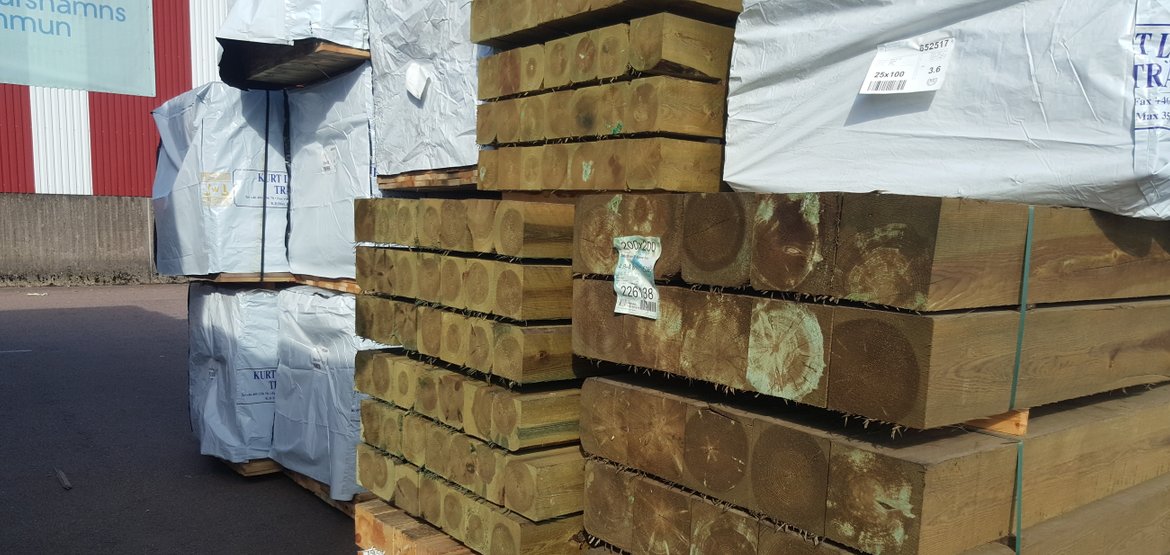NTR-Standard
In the Nordic countries, since 1976 there has been an official standard for the classification of impregnated wood. Since 1989, this standard has been named INSTA 140 with national designations DS 2122 / INSTA 140, SFS 3974, IST-INSTA 140, NS-INSTA 140 and SS 05 61 10. The standard has divided impregnated wood into four wood protection classes: M, A, AB and B.
In connection with the adoption of the European standards for wood-treated wood (EN 351) and wood preservatives (EN 599) INSTA 140 was repealed in 1998. This meant that the Nordic wood protection classes could no longer formally be described in an official standard.
However, the Nordic wood protection industry expressed the wish to keep the wood protection classes known and incorporated for 20 years.
The NTR therefore decided to develop an industry standard "Nordic Wood Protection Classes" (NTR Document
No. 1: 1998), which defines the Nordic wood protection classes within the framework of the present European standards. This industry standard thus replaces INSTA 140 and can thus be said to be a Nordic application document to EN 351.
NTR Document No. 1: 1998 applies to roundwood, sawn timber and carpentry of primarily pine (Pinus sylvestris), which for technical and economic reasons is the wood that is mainly impregnated in the Nordic region.
Wood impregnated according to class M is intended for use in wood constructions that are likely to be attacked by marine wood pests, for example shipmask, and in structures exposed to extreme stresses or for which special safety requirements are imposed, i.e. risk class 5 according to European standard EN 335. Examples of applications are quays, pillars and cooling towers. For impregnated according to class A, it is intended for use in soil and fresh water, as well as in special cases above ground where there is a significant risk of rot attacks, i.e. risk class 4 according to EN 335. Examples of applications are wire posts, sleepers, fencing posts and trunk in direct ground contact.
Wood impregnated according to class AB is intended for use in exposed structures above ground, i.e. risk class 3 according to EN 335, such as fences, windscreens. Impregnated according to class B, only for external joinery such as windows and doors.
The standard takes into account that the chemical wood shield is to be designed after the risk of biological attack, which can be expected to be exposed to the wood in its final use environment. It therefore facilitates projectors, designers, architects, "do-it-yourself" and others. to choose "right impregnated wood in the right place

